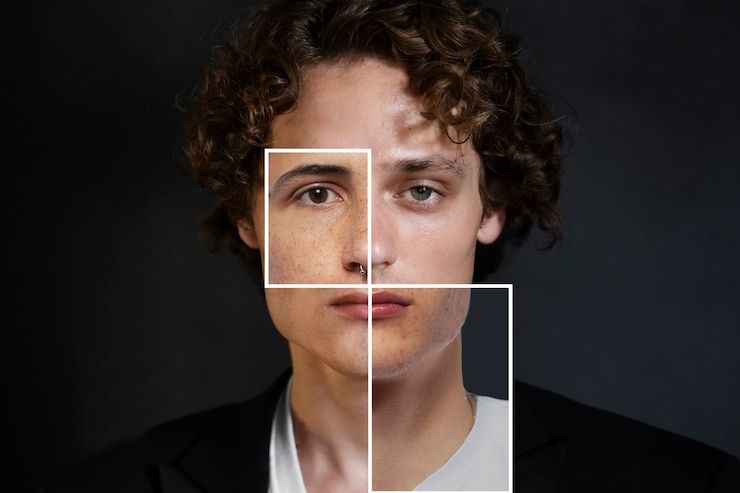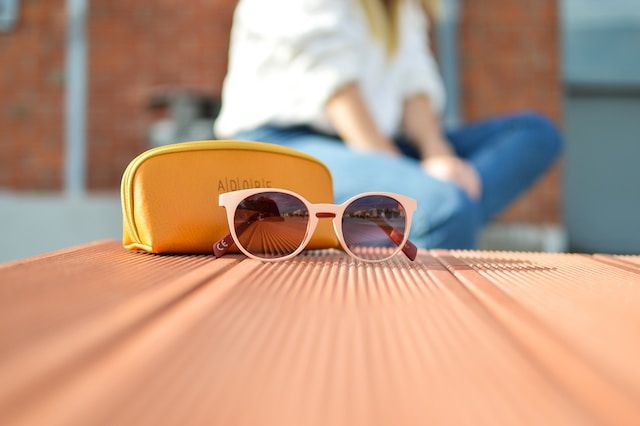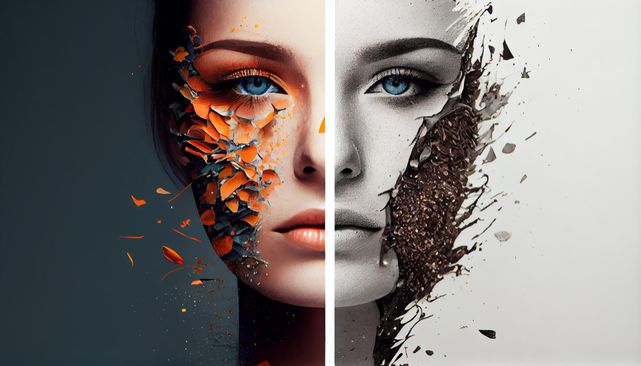In today's digital era, where every smartphone is equipped with a high-resolution camera and social media platforms have become an integral part of our lives, capturing and sharing moments through photographs has become more popular than ever before. However, not all pictures come out perfect straight from the camera. That's where image retouching services come into play.
Whether you're a professional photographer or an amateur enthusiast, photo retouching can transform your ordinary snapshots into extraordinary works of art. In this article, we will explore the world of photo retouching, uncovering common techniques used to enhance images and unlock the magic within.




